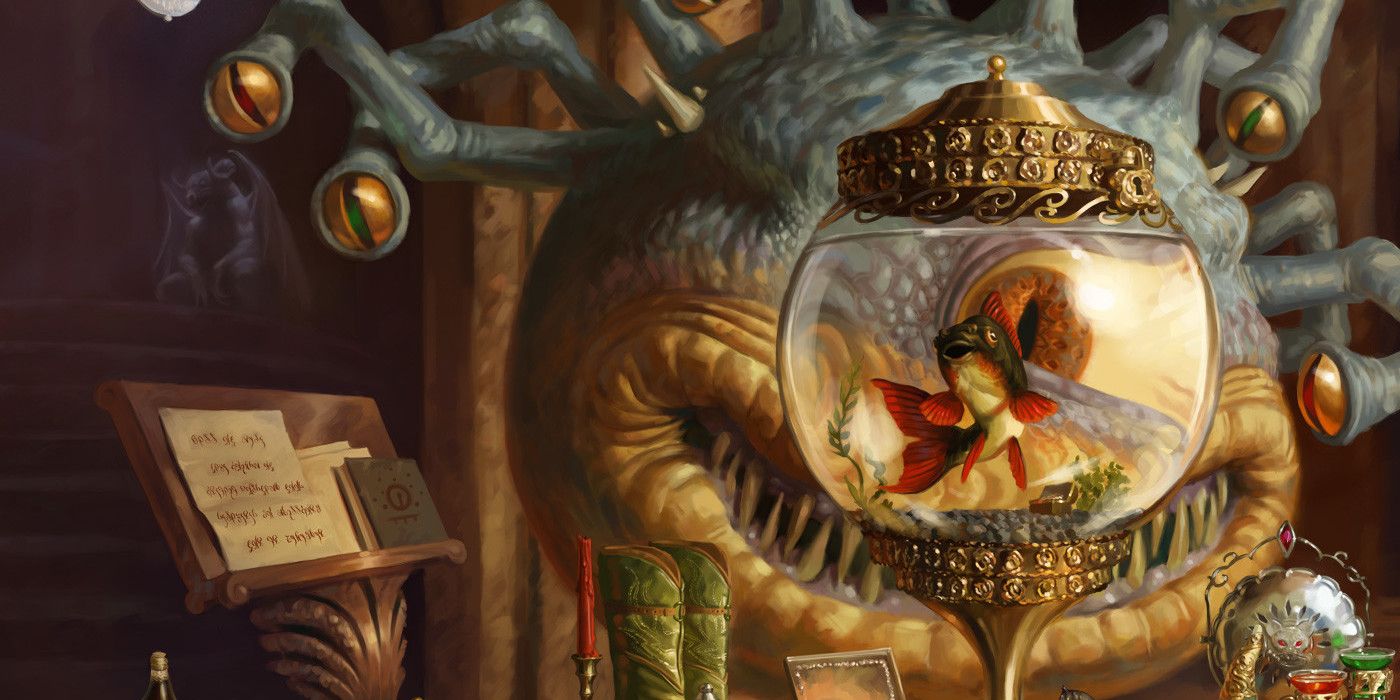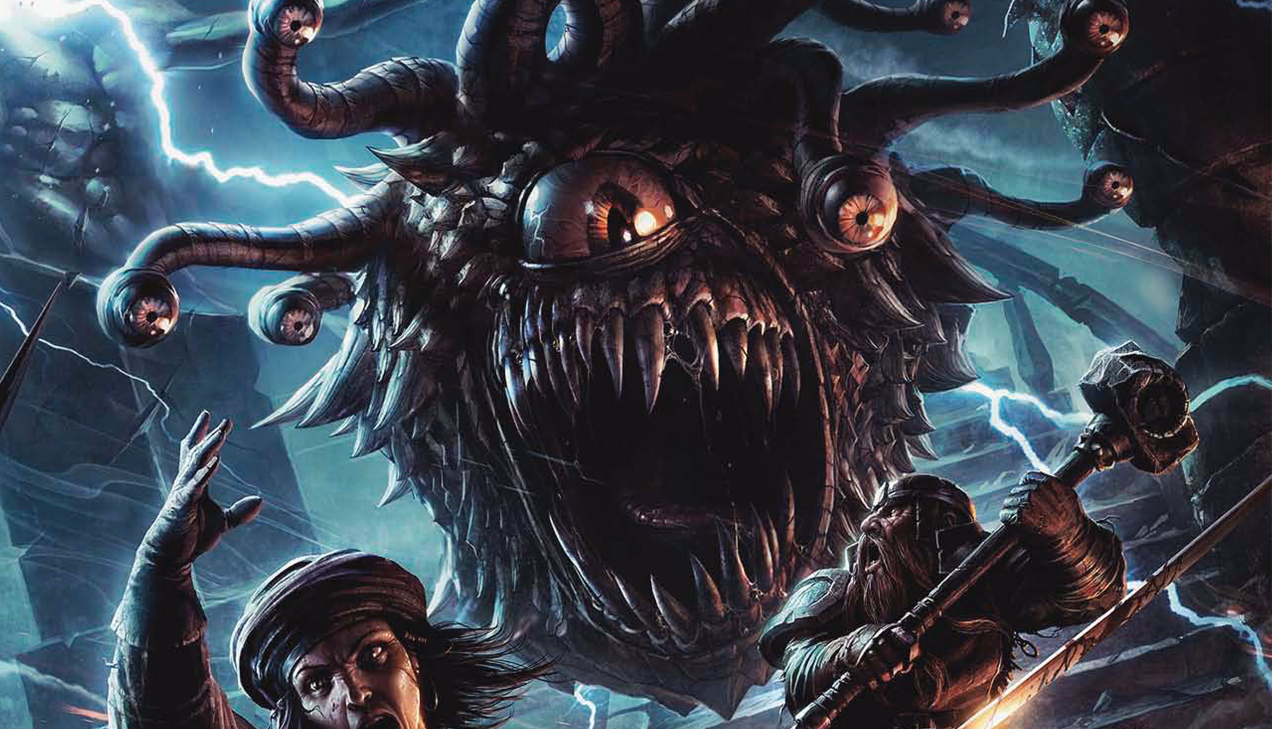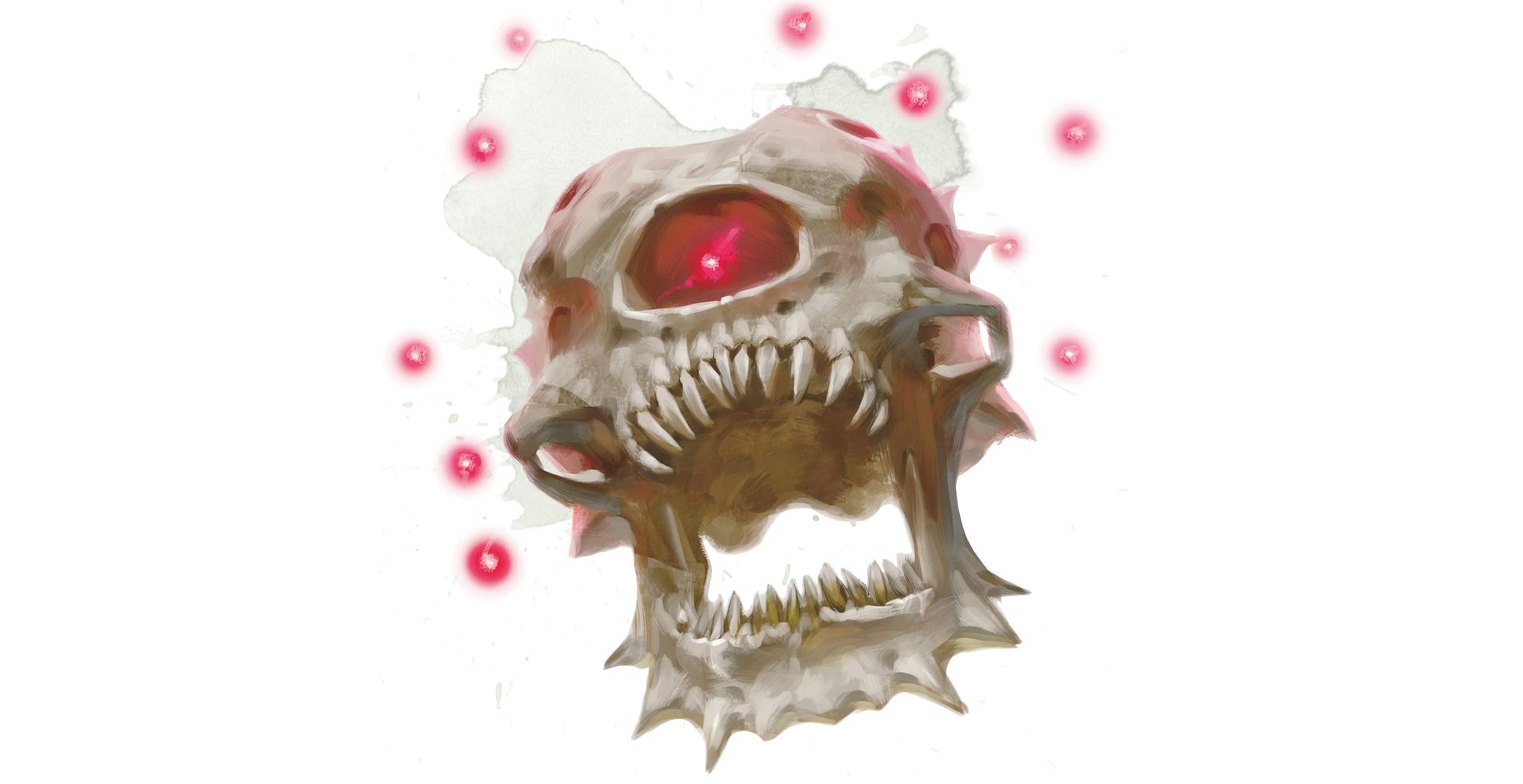Xanathar's Guide to Everything is an essential book for any Dungeon Master or player looking to get the most out of their next Dungeons & Dragons campaign. Not only does it expand on the base game content, but it provides a wide variety of rules to help a DM run their next campaign. Xanathar's offerings to players are also extensive, with character creation tools and subclasses that shouldn't be ignored.
The first thing the book offers is new subclasses. Each core class (excluding Artificer) is presented with three new subclasses, providing more playstyle options. Some, like the Swashbuckler Rogue and the Cavalier Fighter, manage to retool a class' existing skill set towards a different, yet related, playstyle. Other subclasses provide clear inspiration from popular characters from video games and anime, such as the Sun Soul Monk providing players with a way to play characters like Jonathan Joestar, from JoJo's Bizarre Adventure.
Xanathar's Guide to Everything also introduced players to some subclasses that have become iconic in the D&D fandom. Hexblade Warlock made its debut in Xanathar's and quickly became one of the more popular spellcasting subclasses for its unique blend of magic and melee combat. The Grave Domain cleric from Xanathar's has also become a fan favorite due to its ability to cancel out natural 20s.
Xanathar's Guide to Everything also introduces racial feats. The game's relationship with the idea of race has had some significant changes recently, but the idea of racial feats could still hold a place in modern D&D. Many of these racial feats reflect more on the Forgotten Realms lore regarding the culture and biology of different races, such as Fey Teleportation and Dragon Hide.
On the Dungeon Master side of things, Xanathar's also includes a huge range of supplementary rules to help with certain situations. Rules for falling, sleeping, unique uses for tool kits and traps all originated in Xanathar's. These can help standardize the rules from game to game.
These rule supplements aren't even the best conclusion for DMs, as Xanathar's Guide to Everything also includes a wide range of tables. DMs can roll a dice and check these tables to help create their game worlds and to speed up some of the more tedious aspects of a session. For example, let's say a party has gone off into a forest and starts making a lot of noise. The Dungeon Master wants to throw an encounter at them, but doesn't want to resort to another pack of wolves. Xanathar's got a table for that, as well as tables for a wide range of environmental encounters.
Xanathar's Guide to Everything also includes tables for things like character names, supernatural events, random crimes, life events and even reasons for a character to go adventuring. These could help both DMs and players trying to flesh out the backstory of their characters, which can often be one of the more difficult parts of roleplaying. If a player can't think of a particular aspect of their character, or a DM needs quick motivation for a villian, they can seek inspiration and speed up the creative process using the wide range of resources provided by Xanathar's Guide to Everything.



